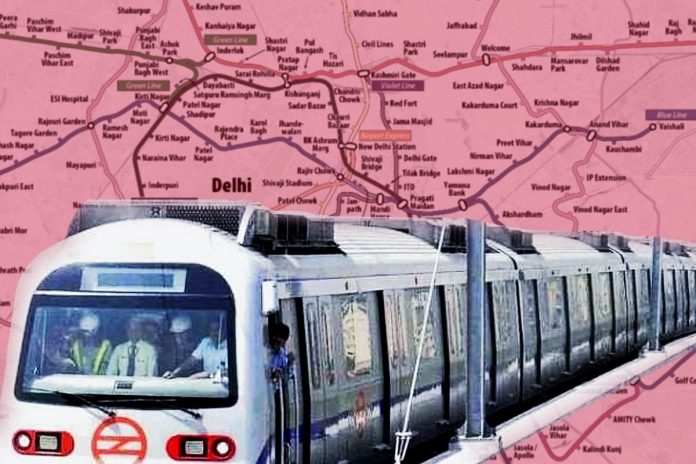A tender has been issued to carry out testing at these 90 spots, which are primarily located underground, across all of the DMRC’s metro lines.
Officials have identified vibration damage as a major issue in several underground stations. This initiative aims to identify areas where vibration levels exceed permissible standards.
Various measures have been implemented in the past, including the installation of specially designed shock absorbers and additional padding along the tracks.
The Delhi Metro Rail Corporation (DMRC) has announced plans to monitor vibration levels at 90 different locations across its network in order to ensure safety and efficiency of its infrastructure.
If any locations are found to exceed permissible standards, corrective action will be taken, such as installing shock absorbers or extra track-padding.
A tender has been issued to carry out testing at these 90 spots, which are primarily located underground, across all of the DMRC’s metro lines, as per reports.
Officials have identified vibration damage as a major issue in several underground stations. This initiative aims to identify areas where vibration levels exceed permissible standards.
The primary cause of vibrations is the interaction between the wheel and the rail track.
According to Anuj Dayal, the principal executive director of corporate communications at DMRC, the tender has been issued as a proactive measure to enhance the safety and efficiency of the entire DMRC infrastructure.
He stated, “This work shall be completed within one year after the award of the tender and the 90 locations shall be finalised after internal assessments in due course.”
DMRC has been conducting periodic vibration testing of its underground sections. Similar checks were carried out in 2021 and 2019.
In 2021, vibration levels were assessed at 80 locations. In the past, residents of Saket, Hauz Khas, Begumpur, Shahbad Mohammadpur, and Sarvapriya Vihar have complained about vibrations caused by the metro.
According to Dayal, “Tri-axial velocity sensors shall be used to measure and monitor the vibrations. The monitoring shall be done for 24 hours with duly calibrated velocity sensors. The agency to which the tender is awarded will then submit the report to DMRC within seven days after completion of the monitoring,”.
He further emphasised on DMRC’s commitment to the safety of their structures and nearby buildings.
Various measures have been implemented in the past, including the installation of specially designed shock absorbers and additional padding along the tracks.
These initiatives aim to minimise vibrations transmitted to surrounding buildings, ensuring passenger comfort and safeguarding the structural integrity of the area.


